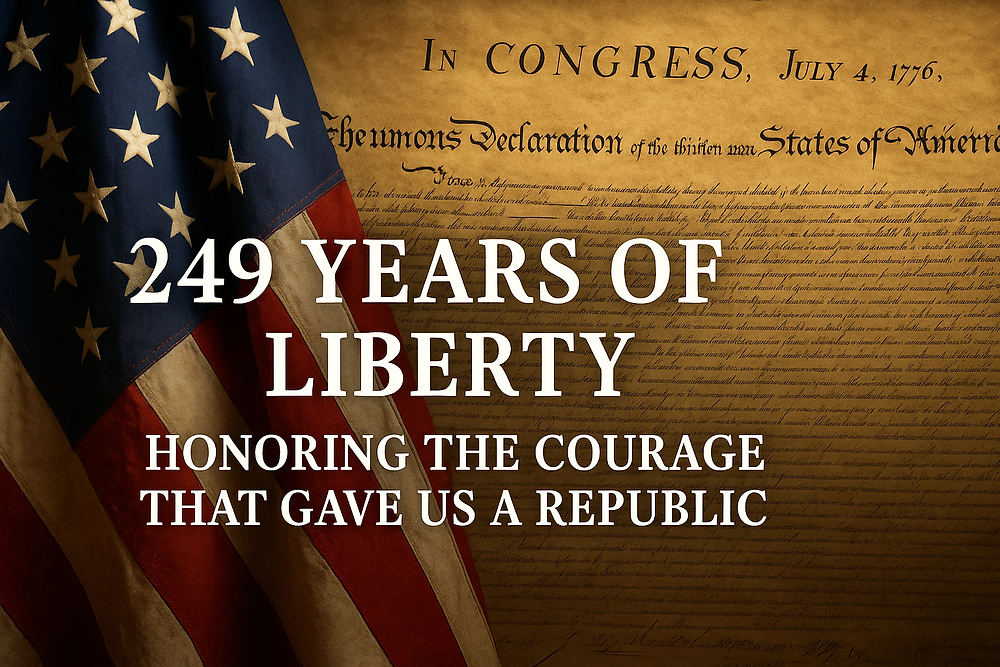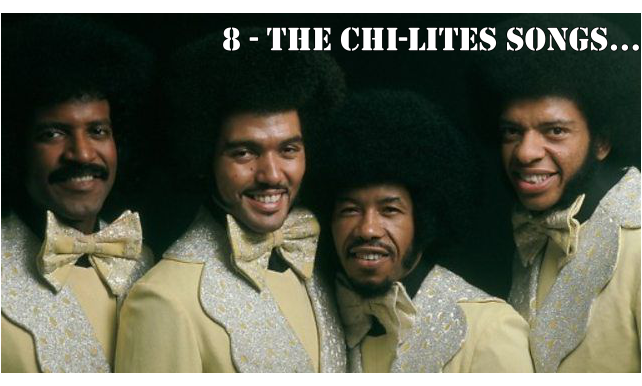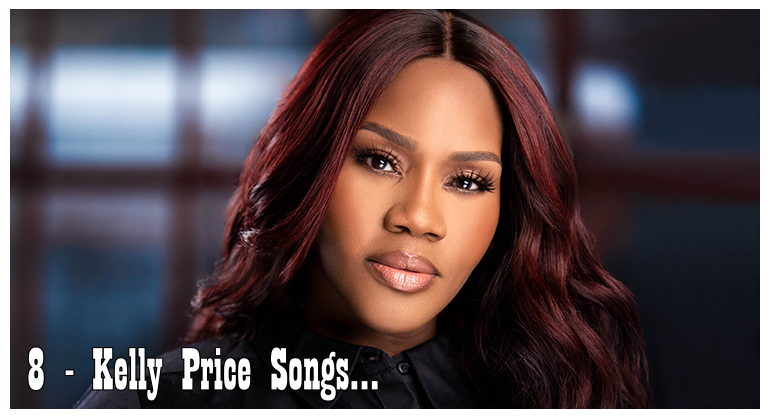(ThyBlackMan.com) Recently, Education Secretary Arne Duncan announced TEACH, a national campaign to increase the number of African-American and Latino males being prepared as PK-12 classroom teachers. Nearly 40 percent of public school students are African-American or Latino. In many school districts this statistic hovers above 90 percent. Yet, less than 8 percent of the nation’s teachers are African-American and fewer than 4 percent are Hispanic/Latino. In schools inside central cities, 73 percent of teachers are white. In urban schools outside of central cities, 91 percent of public school teachers are white.
Unfortunately, there is a national mythology operating about why the number of African-American teachers, in particular, is so dismally low. The myth goes like this: With desegregation, blacks pursued professions more  lucrative than public school teaching. The truth is that massive white-resistance to the desegregation of public schools prompted the firings, demotions and dismissals of legions of highly credentialed and effective black teachers and principals.
lucrative than public school teaching. The truth is that massive white-resistance to the desegregation of public schools prompted the firings, demotions and dismissals of legions of highly credentialed and effective black teachers and principals.
In almost all instances, these black educators were replaced by lesser credentialed whites. The fight to decimate the ranks of black principals and teachers leading integrated schools and classrooms was so pervasive that a series of hearings about the displacement of black school principals in desegregated schools was held by the Select Committee on Equal Education Opportunity of the Senate in 1972.
Today, nearly 40 years later, the nation is still reeling from the deliberate wrecking of the black teacher and principal pipeline. Though black educators (in years past and now) tend to have more years of professional experience and are more likely to hold a doctorate in the field than their white professional peers, only 11 percent of the nation’s principals are African-American and less than 3 percent of the nation’s nearly 16,000 superintendents are African-American.
There is a clear relationship between teacher quality, diversity and student success. Even still, too many African-American (and poor) students languish in schools that have high concentrations of non-certified and/or provisionally-certified teachers and a revolving door of novice principals. African-American (and poor) students are 70 percent more likely than their white and affluent peers to have a teacher who is not certified in math, English, science and social studies teaching them these four subjects. We know that students’ access to successive years of quality teachers is tied to students’ making strong academic gains. But, while policymakers obsess with measuring students’ performance on standardized tests is anyone measuring students’ access to qualified teachers?
Beyond a pluralistic ideal, studies indicate that tremendous benefits accrue to African-American and Hispanic/Latino who attend schools with high concentrations of African-American or Hispanic/Latino teachers. These students are less likely to be expelled or suspended; more likely to be recommended for gifted education; less likely to be misplaced in special education; and more likely to graduate high school in four years.
Additionally, in her study about teacher perceptions of African-American male students, Sherry Maddox found that black teachers are more likely than their white peers to describe African-American male students as “intellectually gifted” and to report that these students engaged in positive behaviors such as homework completion, attending school regularly, and assuming leadership roles in classroom activities.
So how can we ensure that the nation’s schoolchildren have diverse and qualified teachers? The Howard University School of Education operates a Ready to Teach Program that recruits and prepares African-American men and other underrepresented groups as classroom teachers. The participants are recruited from one of five partner urban public school districts and charter schools including Chicago, Houston, Prince Georges County (Maryland), Washington DC, and Clayton County (Georgia). Ready to Teach participants earn teacher certification and a master’s degree in a teaching field; participate in an intensive summer institute at Howard University; have three professional mentors; and pledge at least three years of service to a high-need school in the partner district. Already, Ready to Teach has produced a Teacher of the Year and school administrators.
National surveys of high school African-American males indicate that 61 percent have college aspirations. Also, African-American males outscore African-American females on college entrance examinations like the SAT and ACT. In its first year of funding, Ready to Teach had 364 applicants for 20 slots. In its second year, even with a decline in scholarship support, the program attracted 164 applicants — many of whom are African-American males.
Clearly, the desire and aptitude to become a teacher exists among young African-American men. The question is whether the nation can undo the history that got us here. Do we really believe what the Carnegie Forum on Education and the economy proclaimed nearly 25 years ago: The nation cannot tolerate a future in which white and minority children are confronted with almost exclusively white authority figures in their schools.
Written By Leslie T. Fenwick

















Playing sports.
Black male teachers are still here. Feel free to check out black yoga teachers in the San Francisco Bay Area (including myself) – http://ynottony.com/ynot/yoga-classes/african-american/
Very interesting article! We tend to idealize desegregation but circa 10 000 black teachers lost their jobs and many black children were put in special classes!!!